Meditation Room Ideas for a Calm and Peaceful Home
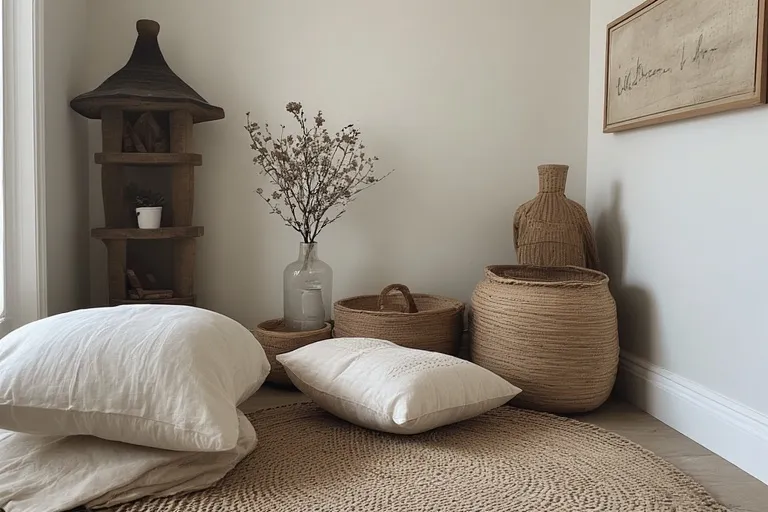
Meditation room ideas help you design a personal sanctuary that encourages mindfulness, relaxation, and emotional balance in today’s fast-paced world. Whether you have an entire spare room or just a quiet corner, creating a dedicated meditation space can transform your daily routine and enhance mental clarity.
Why a Meditation Room Matters
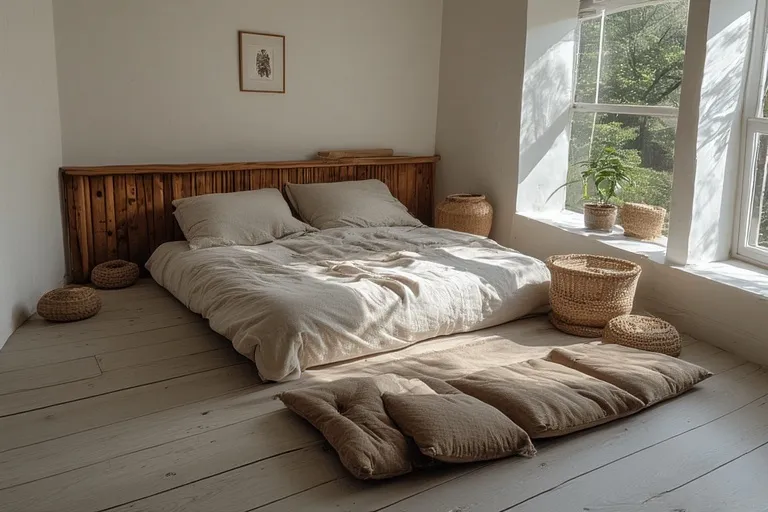
Our environment deeply influences how we feel and function. A well-designed meditation space can help calm the mind, lower stress, and make your practice more consistent. Just like a gym motivates you to exercise, a peaceful space inspires you to slow down and reconnect with yourself.
Meditation rooms don’t need to be elaborate or expensive. With a few thoughtful touches — like natural light, calming colors, and minimal distractions — you can easily create a space that supports stillness and focus.
Choosing the Perfect Location
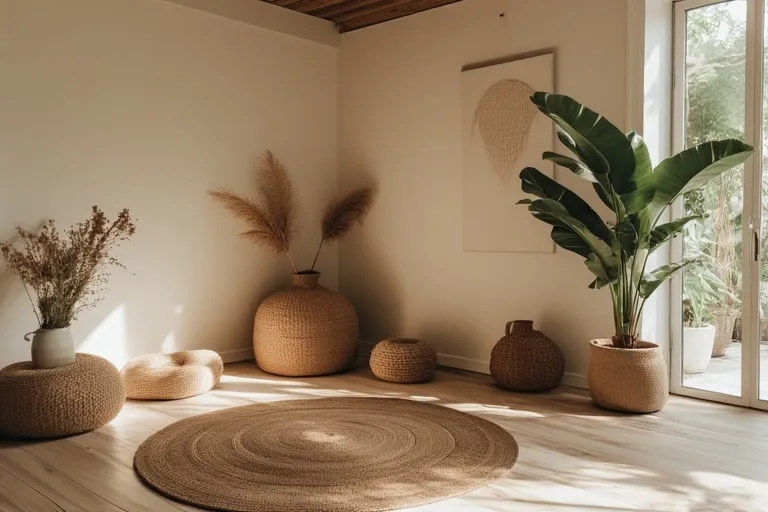
The first step in exploring meditation room ideas is finding the right location. Ideally, choose a quiet part of your home where you can avoid constant foot traffic, noise, or digital distractions.
- Spare Bedroom: A great choice if you want a full, dedicated room.
- Corner Nook: Even a corner in your bedroom or living room can work with the right setup.
- Outdoor Space: A balcony, garden area, or rooftop corner can be incredibly grounding.
Remember, the goal isn’t size — it’s serenity. Any spot that helps you disconnect from chaos and connect with calm will work perfectly.
Set the Mood with Lighting
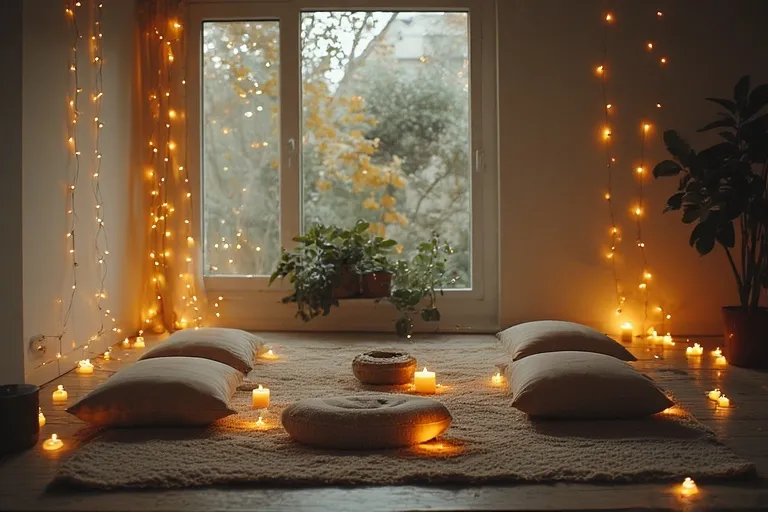
Lighting plays a key role in your meditation experience. Natural light is the best source of calm energy, but soft artificial lighting can also create a soothing vibe.
- Natural Light: Position your setup near a window to enjoy gentle sunlight.
- Warm Lamps: Use dimmable or warm-tone lights for evening sessions.
- Candles: Scented or unscented candles add a meditative glow and focus point.
- Fairy Lights: Create a dreamy, relaxing ambiance if you prefer soft decorative light.
Avoid harsh fluorescent bulbs — they can be distracting and reduce the sense of peace.
Incorporate Calming Colors
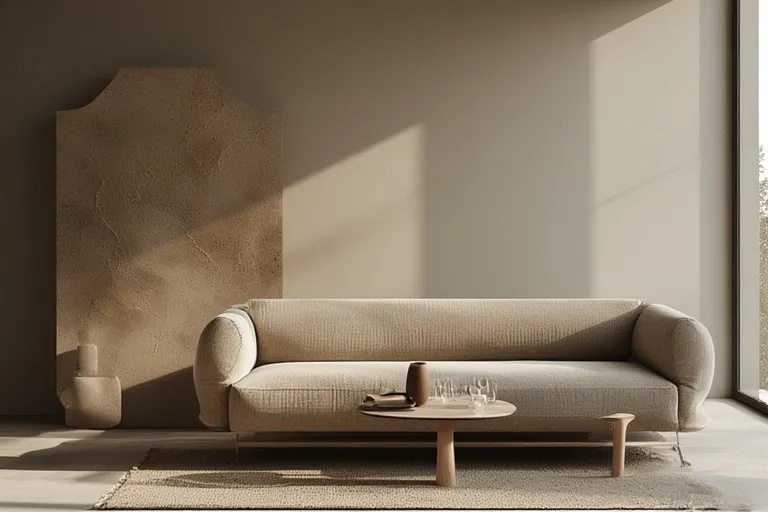
Color psychology shows that certain hues promote relaxation. Opt for neutral, earthy tones that create harmony and balance.
- Soft whites and creams: Reflect purity and openness.
- Light blues and greens: Evoke nature and calmness.
- Beige, sand, and taupe: Add warmth without overwhelming the senses.
You can add small pops of color through cushions, wall art, or decor to express your personality without breaking the calm aesthetic.
Essential Furniture and Decor
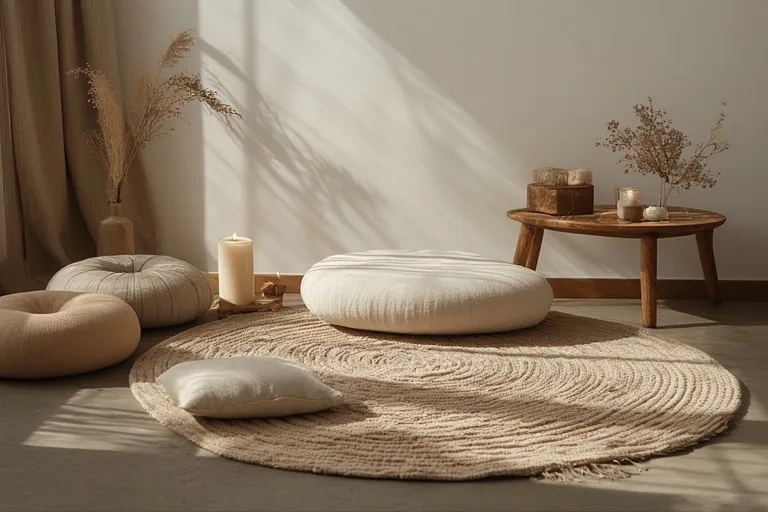
A meditation room doesn’t need much furniture — simplicity is key. Keep only what enhances comfort and focus.
- Meditation Cushion or Mat: The foundation of your setup. Choose an ergonomic cushion or yoga mat for long sits.
- Low Table or Altar: A small table can hold candles, crystals, incense, or spiritual symbols that center your practice.
- Soft Rug: Helps define the area and adds comfort.
- Minimal Furniture: Avoid clutter. A single chair or floor cushion may be all you need.
Remember: Less is more. An uncluttered environment naturally promotes mental clarity.
Add Natural Elements
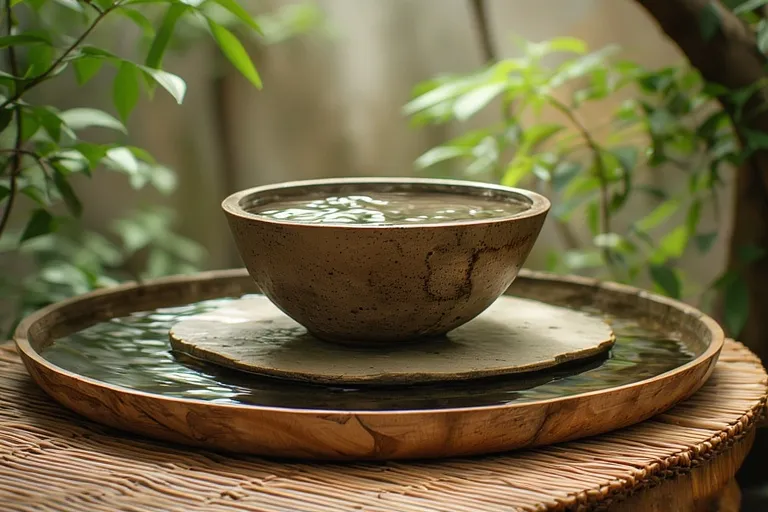
Connecting with nature deepens your sense of mindfulness. Bring the outdoors in through textures, scents, and visuals.
- Indoor Plants: Snake plants, peace lilies, or bonsai trees purify the air and add life.
- Water Elements: A small tabletop fountain or bowl of water enhances tranquility.
- Natural Materials: Use wood, stone, or bamboo decor for a grounded, organic feel.
These touches help create an atmosphere where your senses can relax and focus inward.
Personalize with Spiritual Touches
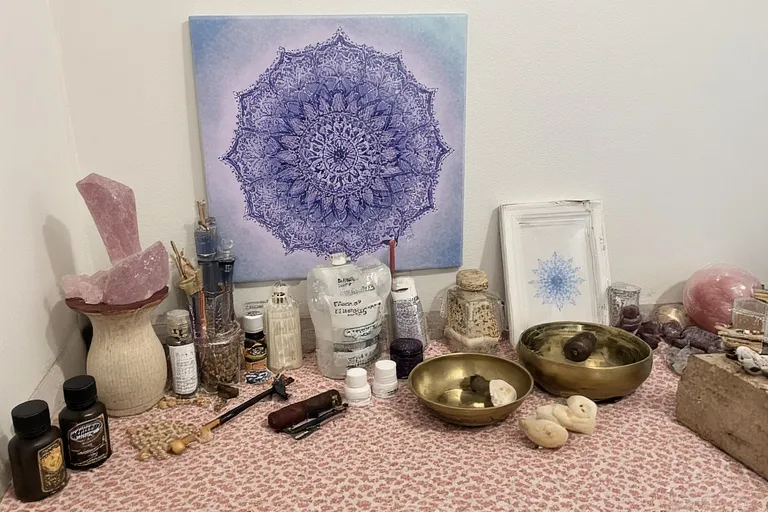
Your meditation room should reflect your beliefs and inspirations. Consider items that hold personal or spiritual meaning:
- Crystals or Stones: Amethyst, rose quartz, or clear quartz to enhance calm and balance.
- Spiritual Art: Mandalas, nature prints, or peaceful imagery.
- Incense or Essential Oils: Scents like sandalwood, lavender, or frankincense aid relaxation.
- Sound Tools: Singing bowls, bells, or wind chimes for sound healing or focus.
Don’t over-decorate — choose a few meaningful items rather than crowding the space.
Incorporate Mindful Technology
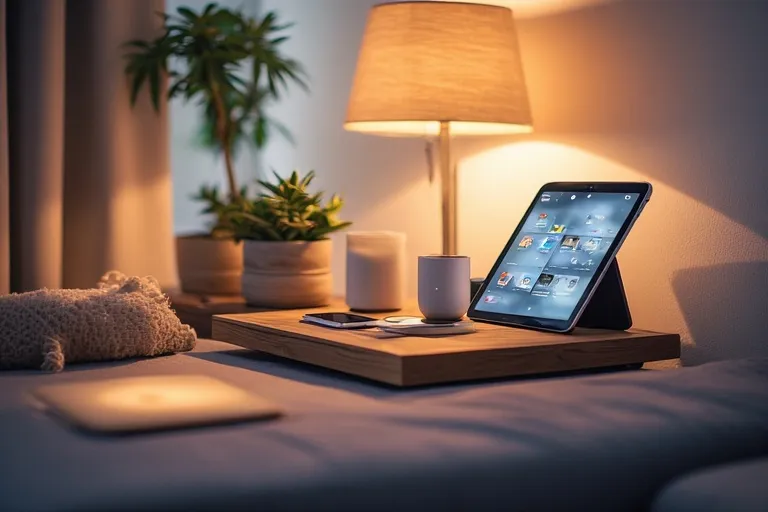
While meditation is often about disconnection, certain technologies can actually support mindfulness.
- Bluetooth Speaker: For soft instrumental or nature sounds.
- Smart Lighting: Adjust color temperature or brightness with your phone.
- Meditation App Station: Set up a tablet stand for guided meditation or breathing exercises.
Keep technology minimal and purposeful — no social media or distractions in this space.
Soundproofing and Privacy
Noise is one of the biggest obstacles during meditation. To minimize distractions:
- Use thick rugs, curtains, or wall tapestries to absorb sound.
- Add white noise machines or ambient playlists.
- Use a room divider or curtain if you share a living space.
Creating auditory boundaries helps your mind associate this spot with peace.
Add Comfort for Longer Sessions
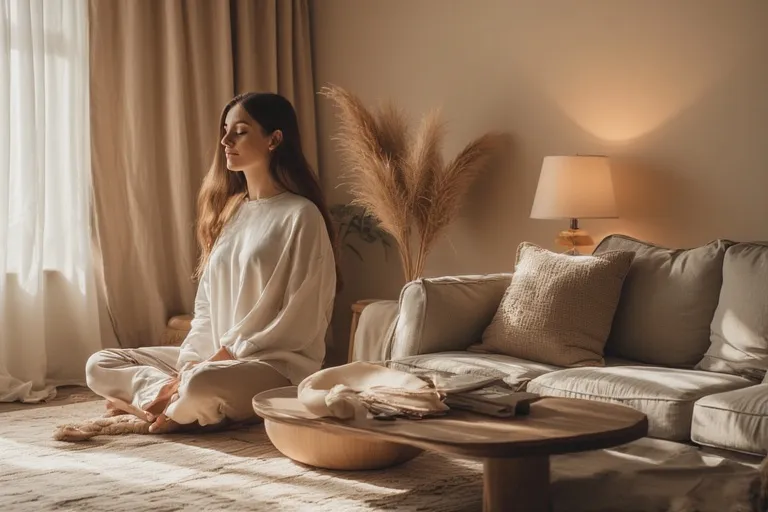
Comfort is crucial to stay consistent with your meditation habit.
- Use soft cushions or bolsters for back support.
- Keep a light blanket or shawl nearby for warmth.
- Consider a low chair if sitting cross-legged isn’t comfortable.
The more inviting your space feels, the more likely you’ll return to it daily.
Enhance the Atmosphere with Scent and Sound
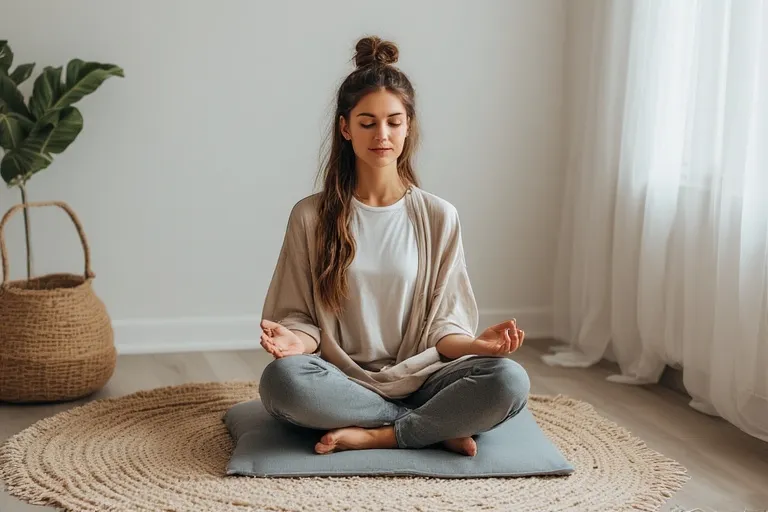
Scents and sounds influence emotional balance. To elevate your meditation environment:
- Aromatherapy: Use essential oils like eucalyptus, jasmine, or patchouli.
- Incense: Traditional sticks can signal the start of your session.
- Music: Soft flutes, Tibetan bowls, or ambient sounds deepen focus.
Experiment until you find the combination that helps your mind settle most naturally.
Keep It Clean and Clutter-Free
A cluttered room equals a cluttered mind. Regularly clean and refresh your meditation space.
- Dust and vacuum frequently.
- Rotate or refresh flowers and candles.
- Keep only what adds value or peace.
This ritual of tidying itself can become a meditative act — a moment to reset both your space and energy.
Make It Uniquely Yours

There are no strict rules when it comes to meditation room ideas. The most important element is that your space feels personal, inviting, and meaningful. Whether minimalist or decorative, soft or vibrant, it should mirror your inner calm and purpose.
Add items that inspire joy — perhaps a quote, a journal, or an image that reminds you why mindfulness matters in your life.
Conclusion
Meditation room ideas are more than just décor trends — they’re blueprints for creating balance, clarity, and comfort in your home. When you carve out a peaceful corner that reflects who you are, it becomes easier to return to stillness every day. With the right lighting, colors, and natural touches, your meditation space can become a sanctuary for both body and soul — a quiet reminder that peace is always within reach.

One Comment